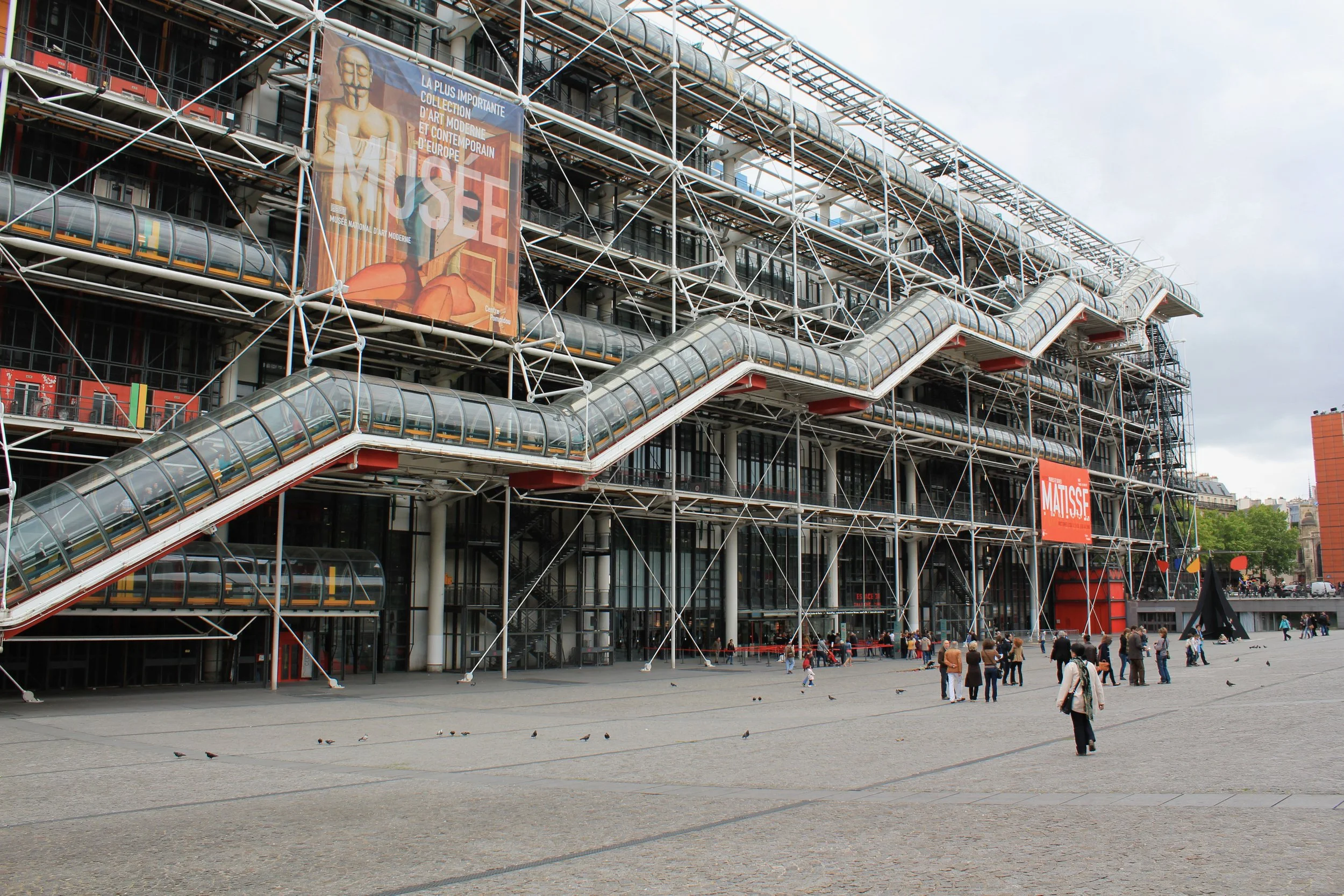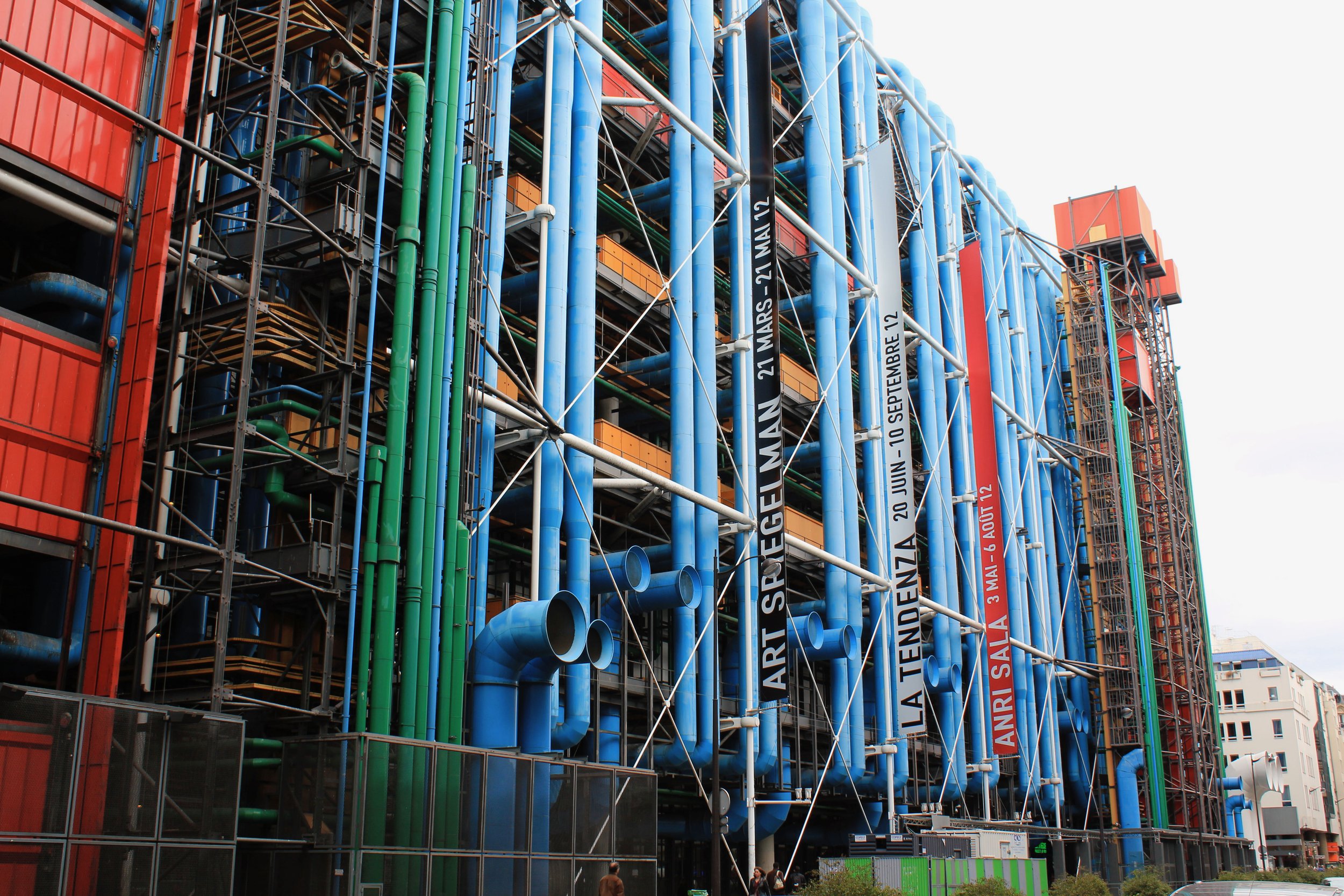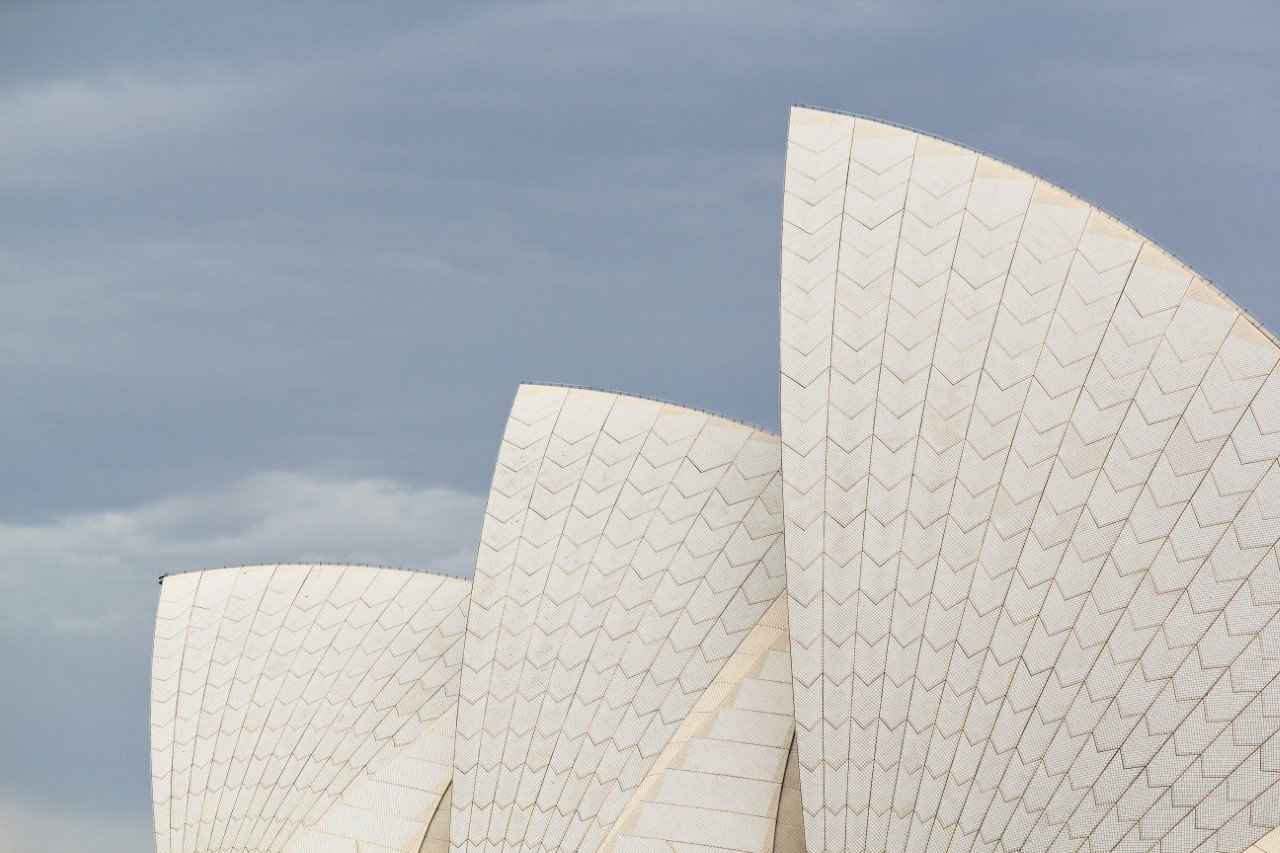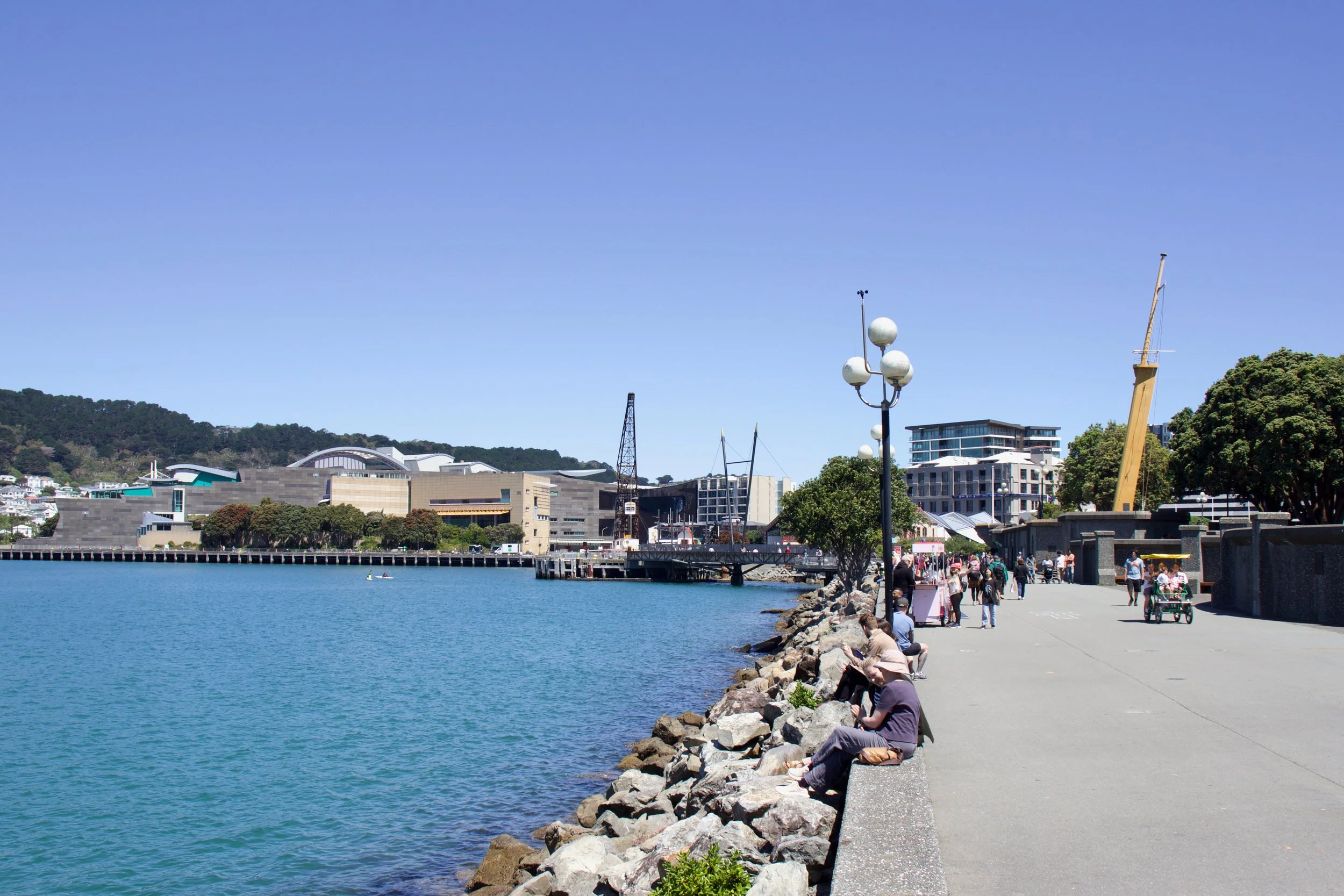Review of 'Architecture: A Modern View' by Richard Rogers
I've recently re-read the book "Architecture: A Modern View" by Richard Rogers. Richard was a famous British Architect, probably most well-known for his Lloyds of London building and the Pompidou Centre in Paris (which was designed in conjunction with Renzo Piano).
The Pompidou Centre would have to be my favourite building. When I was in Paris in 2012, the first thing I did on my first full day (before the Eiffel tower, The Louvre, or Notre Dame!) was to go to the Pompidou Centre! Completed in 1977 this hi-tech building was ahead of its time. Building services like water, heating and pedestrian access were pushed to the exterior of the building, being expressed and celebrated from the street, while this then created large open floorplates that could be continually re-arranged and altered - simply perfect for a museum!
Pompidou Centre exterior. Photo by Jonathan Jones.
There's something about this building for me. It's so beautiful in its functionality where engineering and architecture intersect, the fantastic public plaza in front, the way the building lights up at night. In reality, architecture is rarely static. Needs change and buildings undergo additions and alterations. As Richard wrote in his book:
"Reliance Controls [one of his early buildings] included many of the ideas developed in future work. The windows inserted after completion destroyed the finite platonic quality of the building. This led to the search for an indeterminate form of architecture which could absorb some change. The Pompidou Centre was the first building to incorporate these developments…The Pompidou Centre incorporated the concept of indeterminacy: certain parts of the building can be added or removed without destroying the balance of the whole."
This is a great point. Too often as architects and designers we are thinking about designing the perfect building to meet the brief, when the reality is that it is likely to be changed in the future. If we could consider this in the initial design then it would minimize the negative aesthetic effects that these changes could make. If we can extend how long a building lasts by being adapted while not losing its overall wholeness then that assists in carbon reduction by not just demolishing and reconstructing large sections of buildings! Or, worse, having a building so unadaptable that it is fully demolished!
Another argument Richard makes in his book:
"From it's beginning, modern architecture, like it's classical forerunners, has always been concerned to incorporate technology into its designs…This technological adventurousness has provoked the criticism that modern buildings are incapable of harmonizing with their older surroundings. But the fact is that all significant architectural movements have been innovative and indeed revolutionary in their time, with the result that some of the most beautiful architectural compositions in the world emerge precisely from the juxtaposition of great buildings of very different styles clearly and courageously relating through time."
Exterior piping on the Pompidou Centre is colour-coded. Photo by Jonathan Jones.
He then goes onto to give the example of Kings College Chapel in Cambridge, where buildings of later styles stand alongside the gothic chapel.
"It is disturbing to realize that had today's conservative architectural climate prevailed, the later buildings in King's College, Cambridge, would never have received planning permission. They would have been considered "unsympathetic', too modern, and detracting from an already perfect situation."
This is really one of the great architectural conversations: How do you fit an addition or new building amongst the existing fabric? Do you recreate the past or do you push into the modern, embracing the differences and seeing the beauty in what is new? While sometimes blending in the same style is appropriate, in most cases it's far better to diverge.
An example closer to home is the re-build of the Christchurch Cathedral. Devasted from the Christchurch earthquakes it is being re-built as it was (using newer construction techniques where appropriate). I would have preferred to see a modern interpretation for the cathedral. This has been a case of trying to recreate the past - the church as static architecture. In fact, the style of the cathedral is Gothic revival - a style that itself was looking back to the gothic era of the 1300's onwards, rather than being something new when it was originally constructed.
One of our core principles at Reform Architecture is 'Beautiful' - we love timeless and inspiring architecture. I wrote in a previous blog post: "What I feel is important is that architecture can be of its time and yet also timeless, transcending current trends. "Trends" is so apt. In some ways our architecture is always date stamped, but if it exceeds that particular year or decade then it will be loved and cherished years later.
So, do you like the sound of architecture that is fluid and adaptable, paradoxically unafraid to blend in by being different? Please get in touch. We'd love to help make that happen for you.








